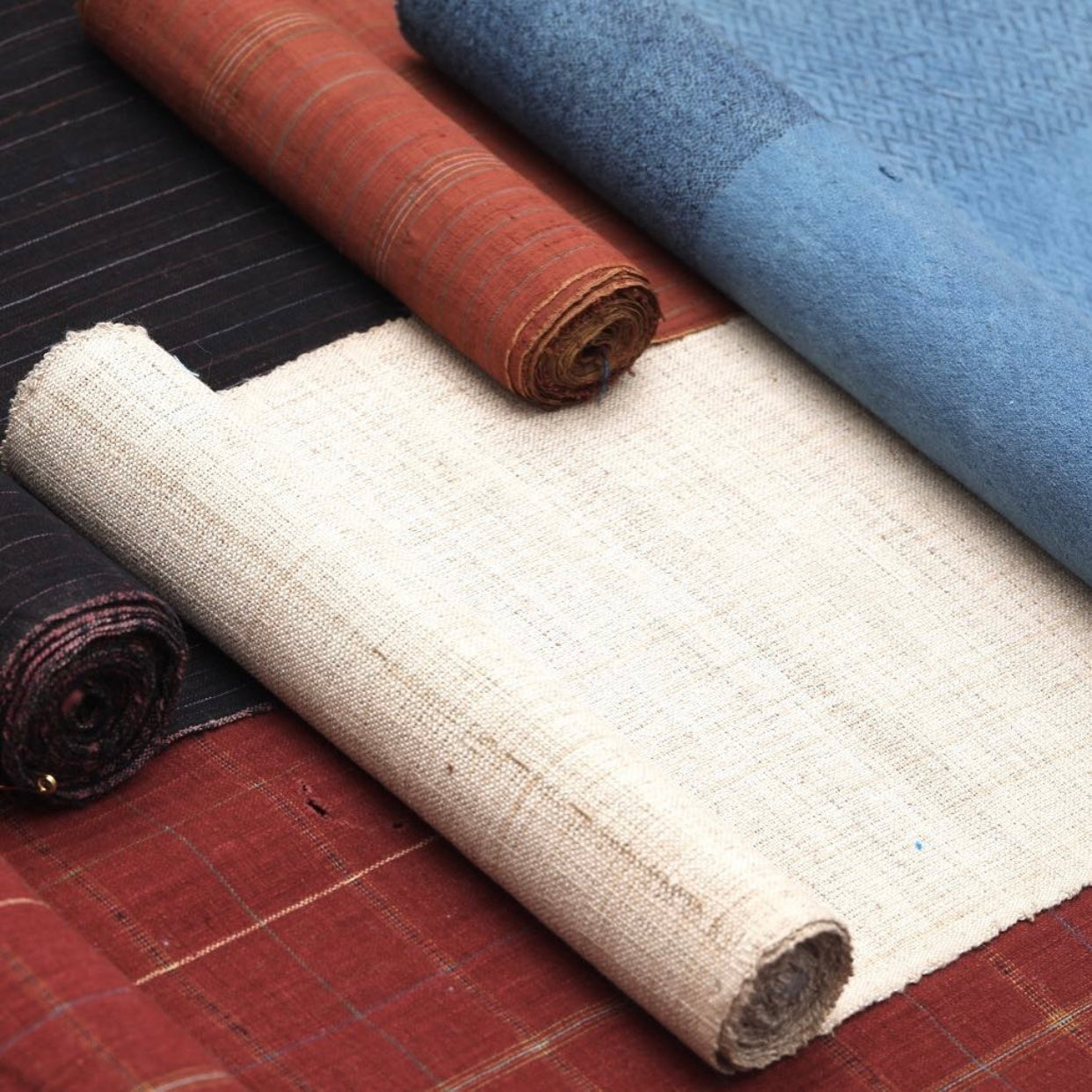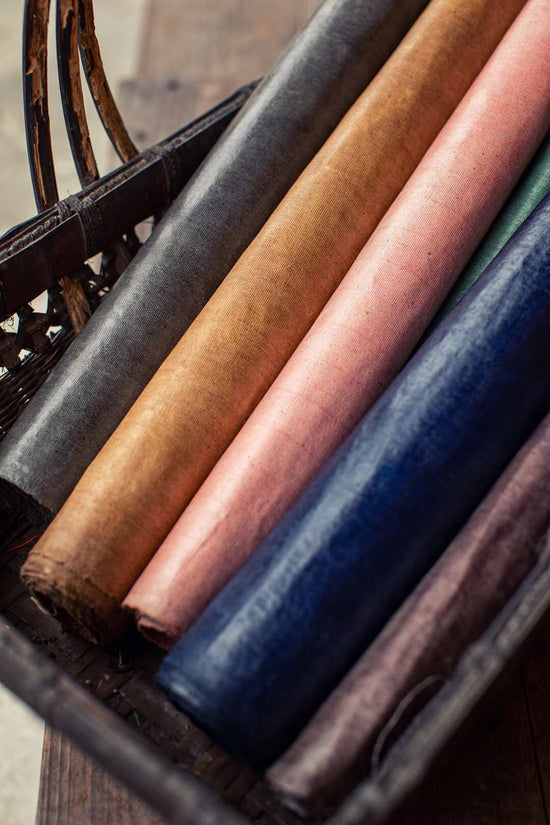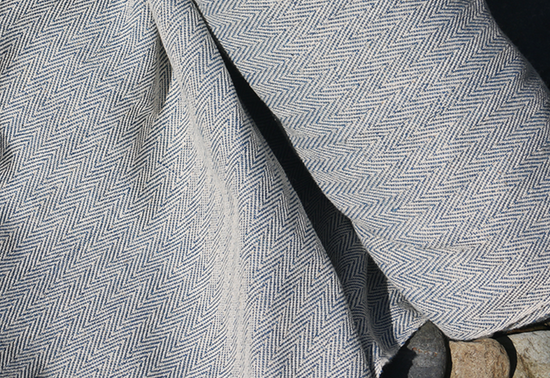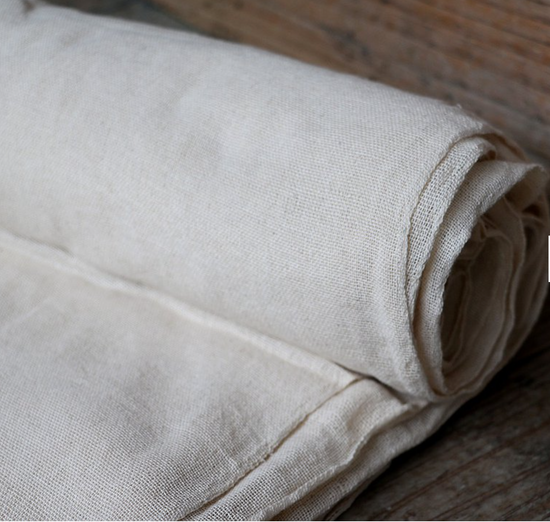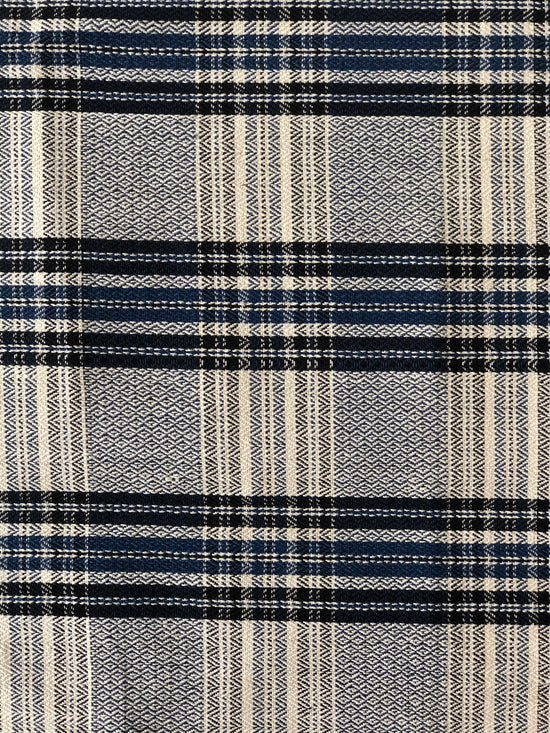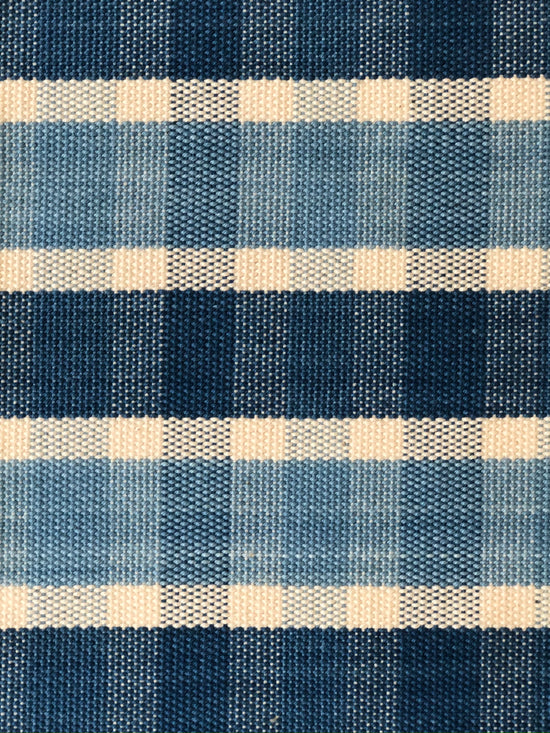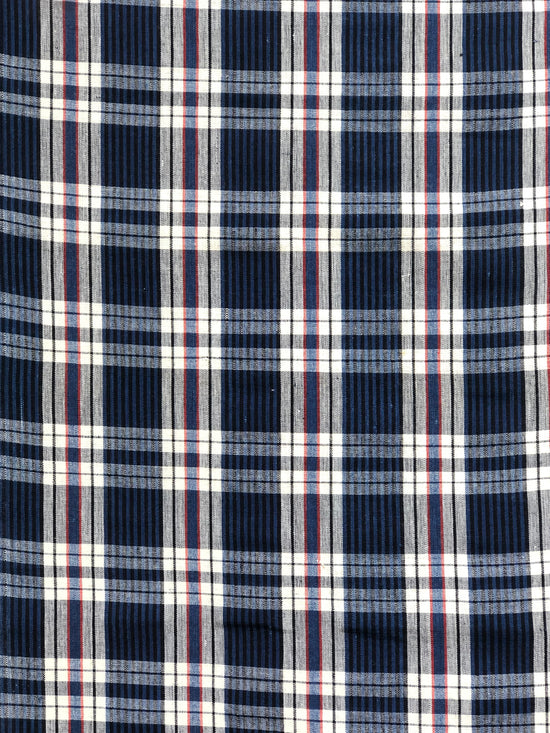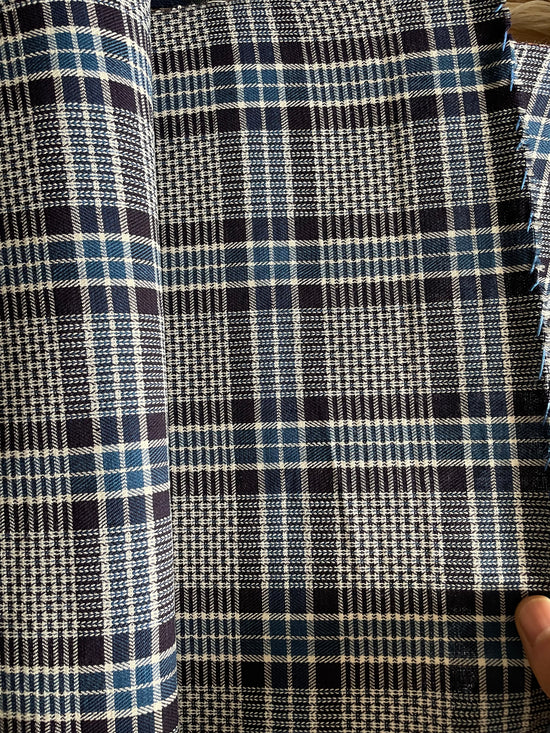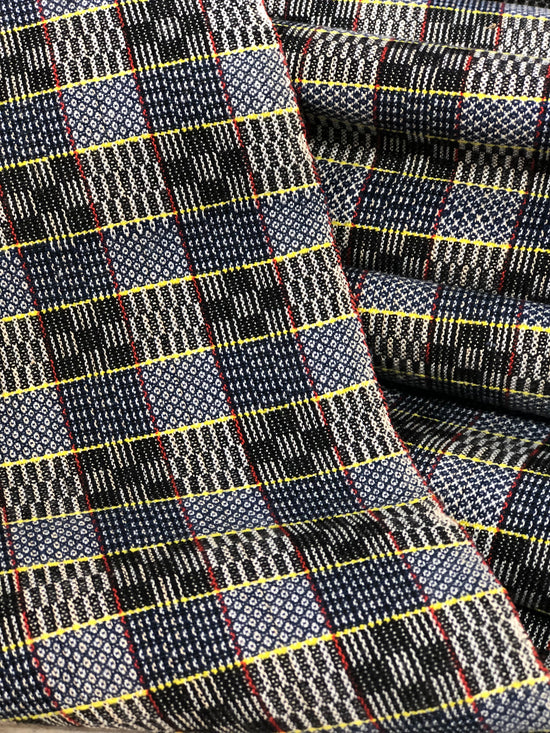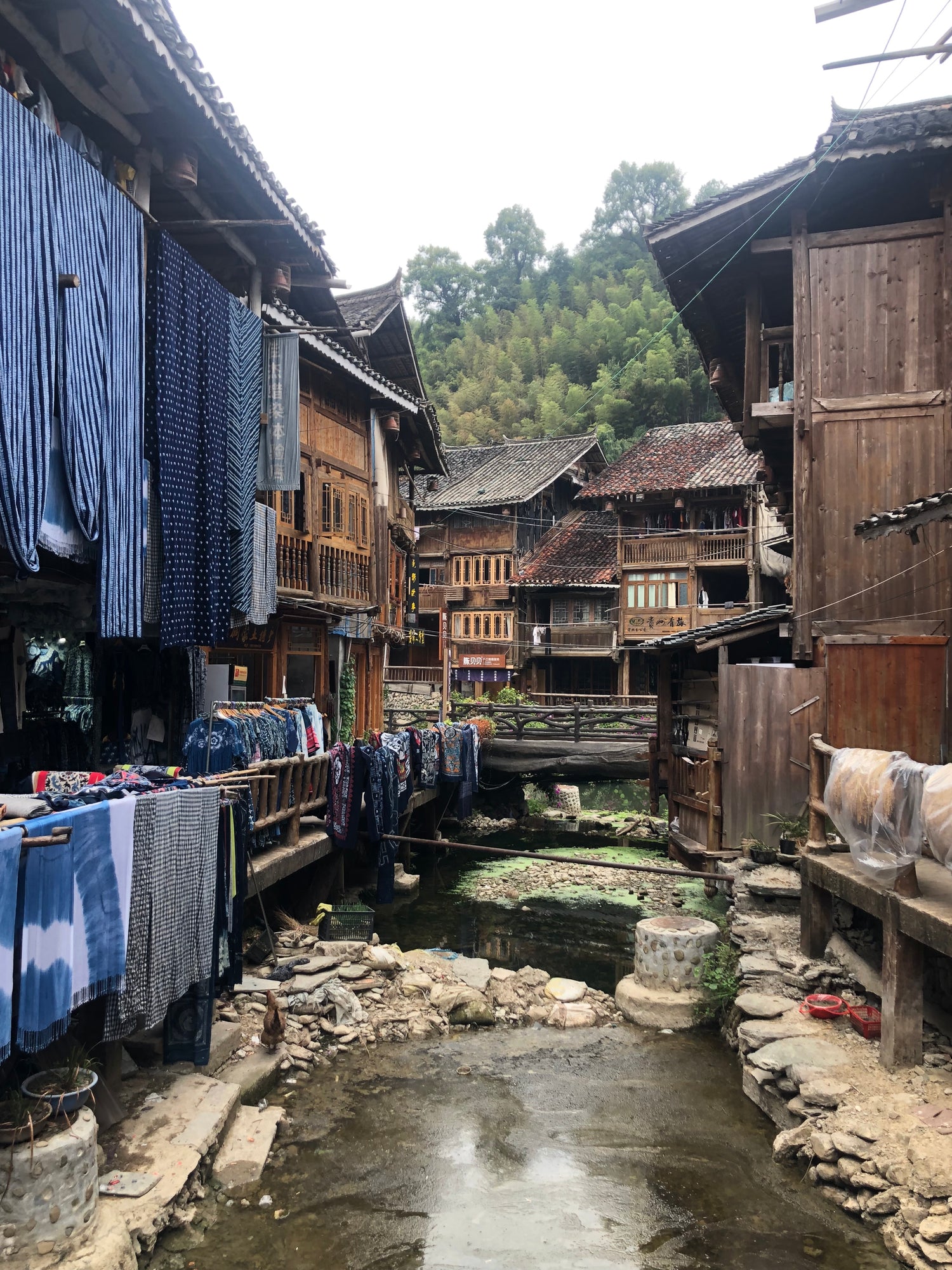Dong cloth
Dong cloth gradually developed into a genre with the comprehensive and well-established craft skills in knitting, weaving, dying, and embroidery, becoming an important part of traditional ethnic textile in the West South China. Dong fabric appears in every part of the Dong group's native people life, fulfill their wish to an affluent lifestyle with its functionality and esthetics.
The dedicated making process
Dong fabrics are made from the local natural plant grown in the Dong villages. Each piece of the ready made fabrics need to be dyed and beaten several times after the spinning and weaving process. Indigo, White wine, rice straw ash, and egg white more or less play their parts in the dyeing formula.
Process
-
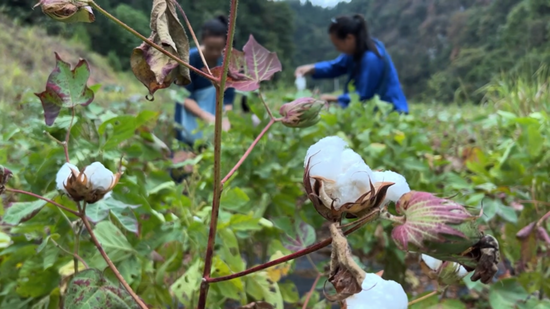
Pick cotton
-
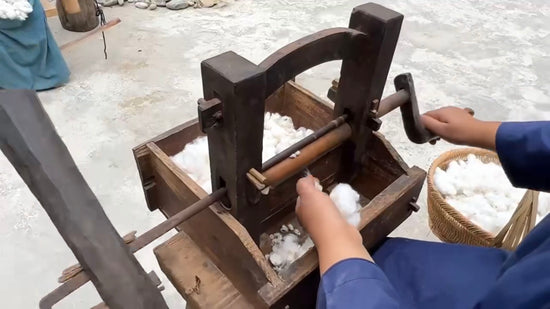
Remove the cotton seed
-

Spinning
-
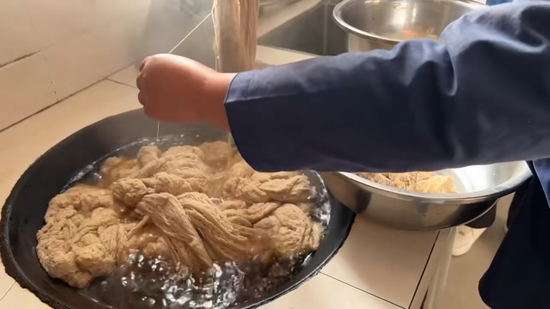
Boiling the yarn with rice straw ash to purify
-
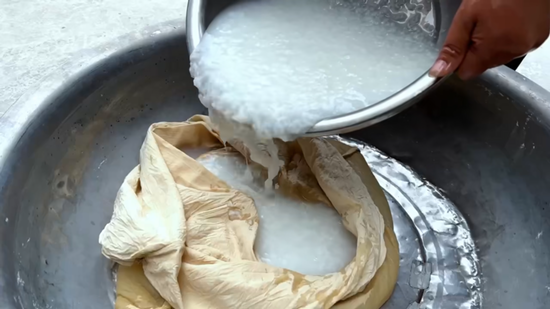
Coating the yarn with rice milk to add strength
-
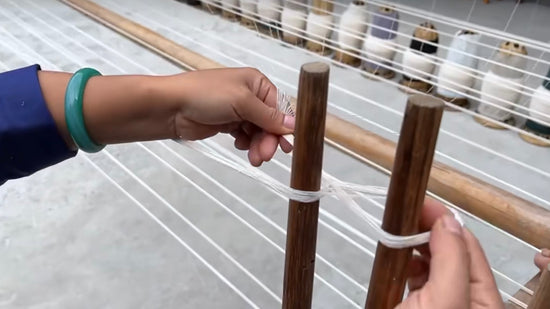
Wrapping the thread
-
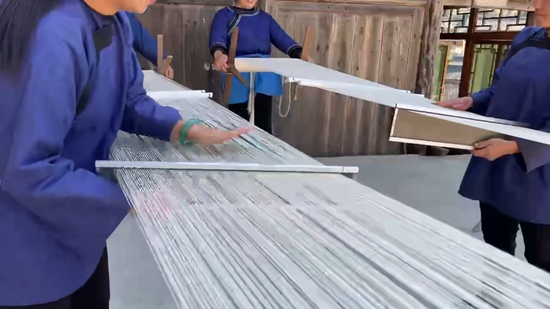
Combing the thread
-
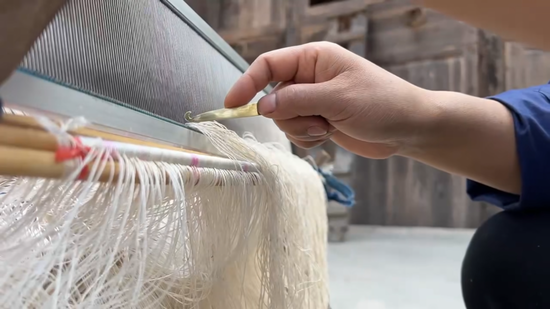
Hedding
Passing each thread through the openings of the heddle
-
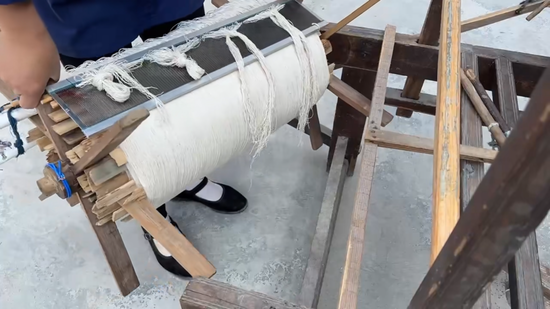
Set up the loom
-
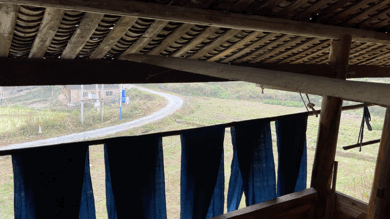
Weaving
-

Dyeing
Repeat several times to reach the final color
-
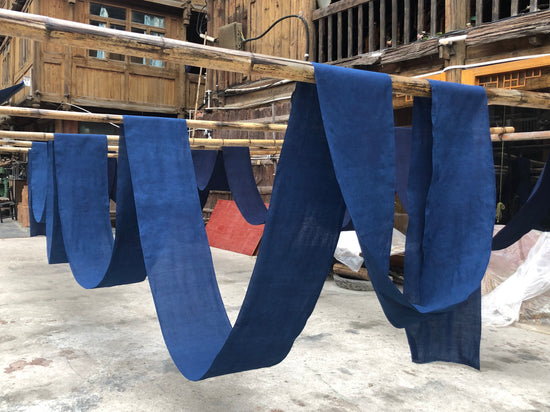
Line dry
-
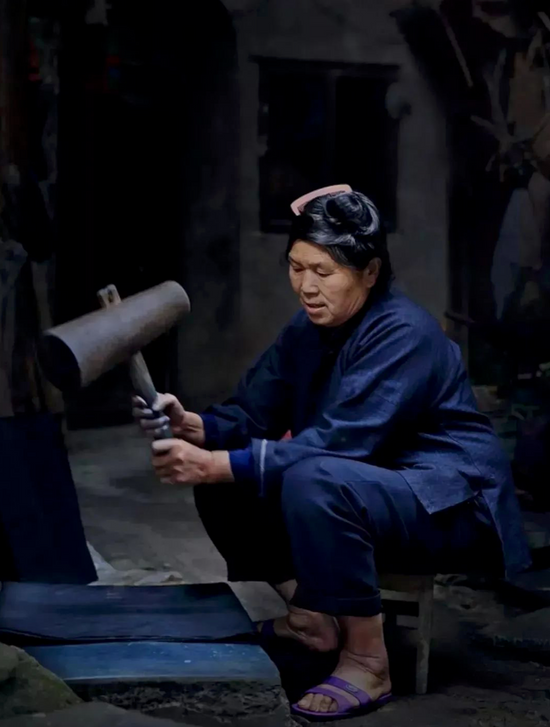
Steaming and Beating
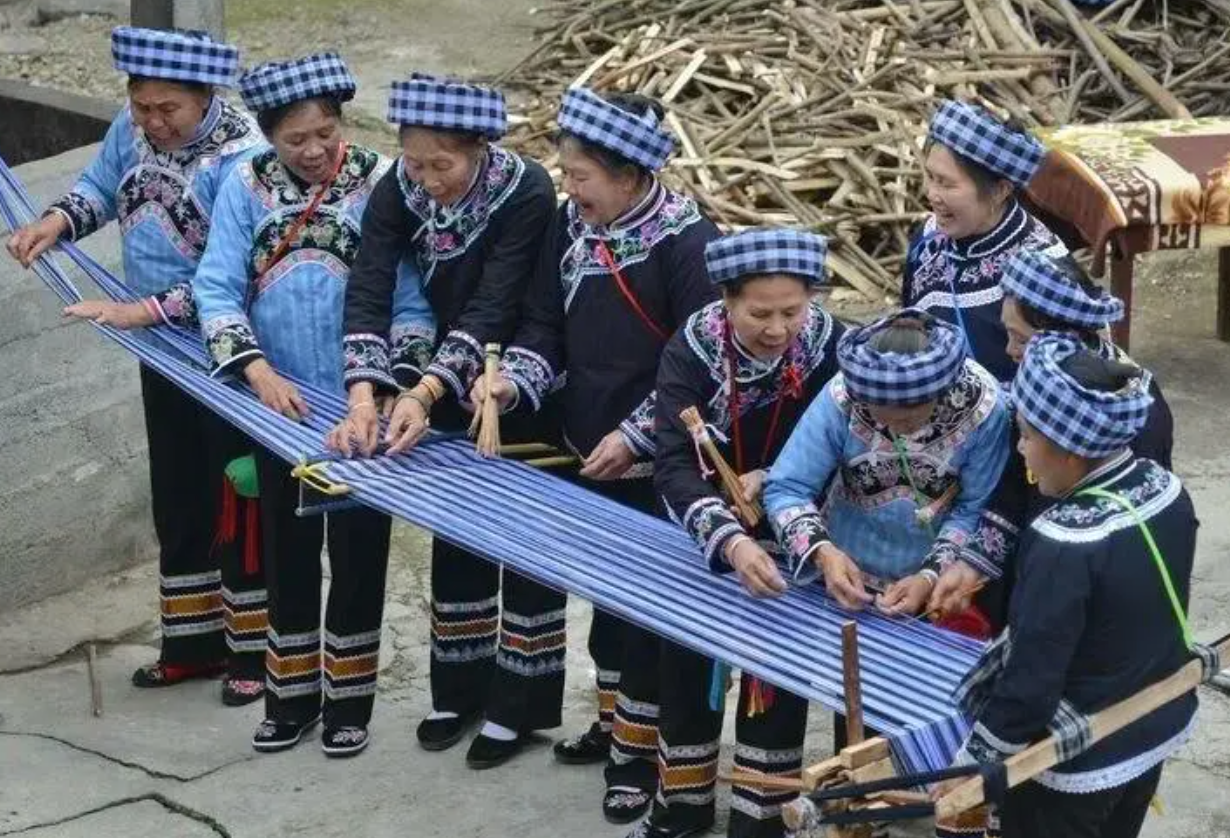
Bouyei Native Cloth
Bouyei minority, one of the 49 tribes that inhabited the southwest province of Guizhou, China 3000 years ago, has a reputation for hand-weaving skills. They used to make the fabrics for self-sufficient use and trade to other tribes. The diversity of the fabric types in terms of patterns and weaving texture reveals their wisdom and laborious traditional virtue.
Color and motif origins
-
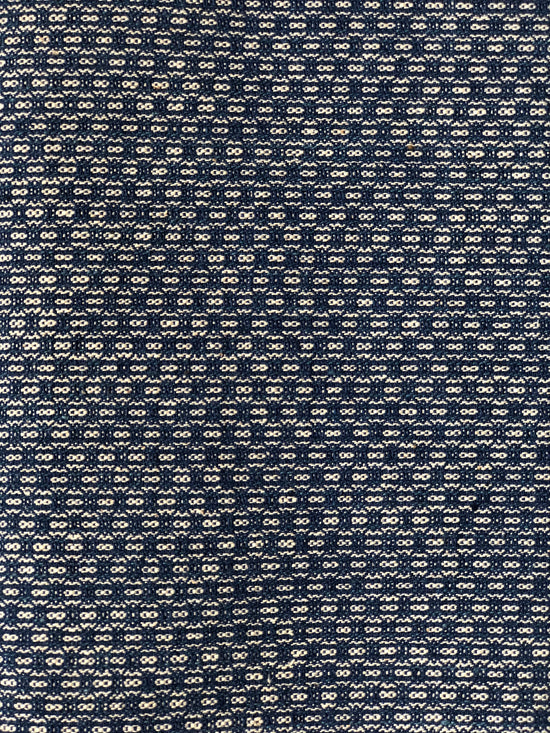
The fabric motif features a balance between nature and image objects through highly generalized, simplify and exaggerated approaches. This method practiced by the Buyi ethics helps to emphasize the beauty and vivid of the original nature objects.
-
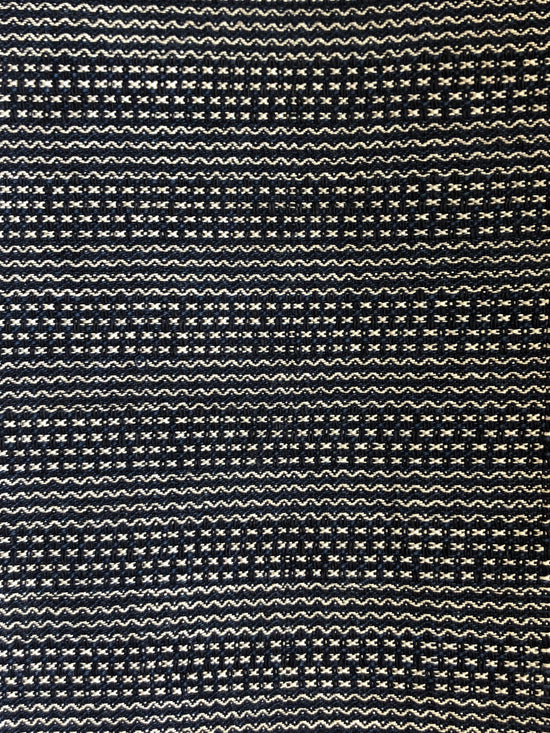
The color layout usually follows the rule of affluent the white and black color by applying dynamic color shades. Their elaborated color and motif design approach reveals the bouyei tribes’ naturally reserved tradition character.
-
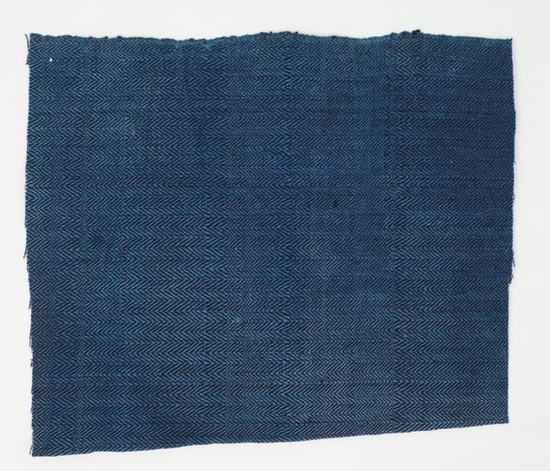
Fishbone pattern
-

Fish scales pattern
-
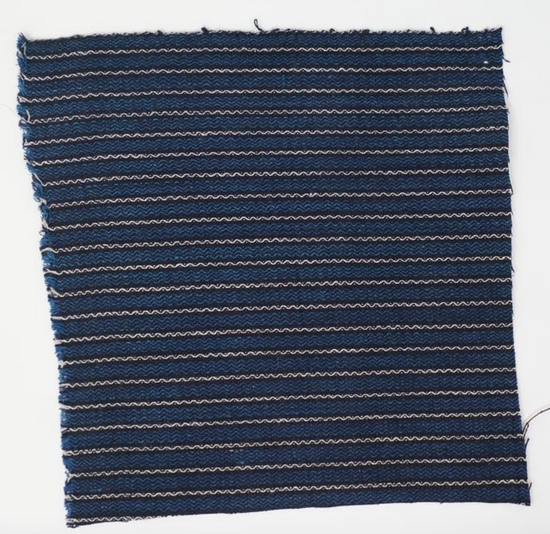
Lany pattern (deconstruction from dragon totem)
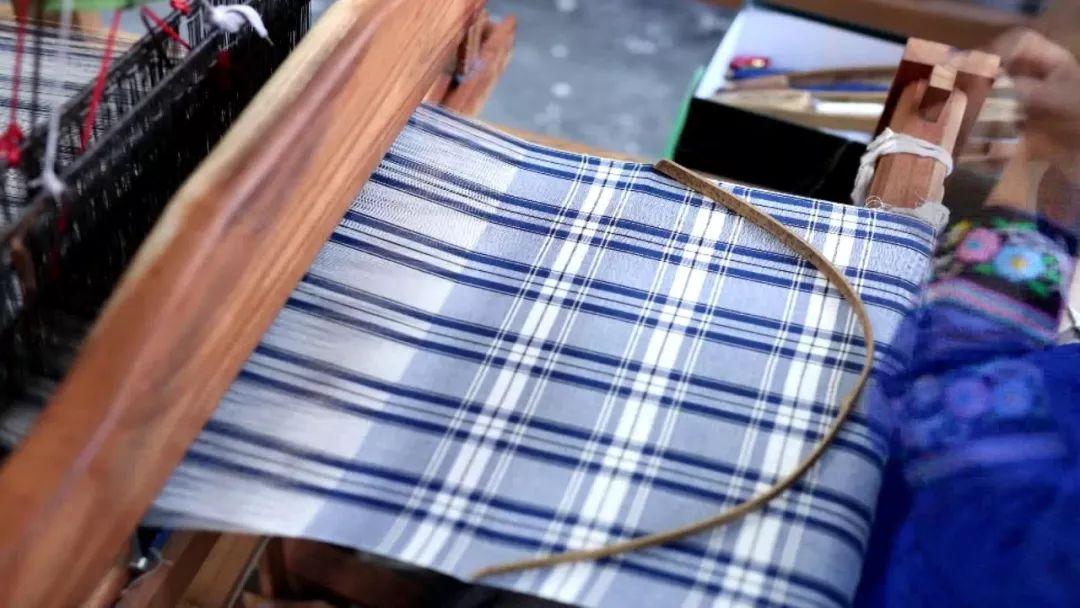
Classic check pattern
Bouyei is famous for their classic check pattern. Those check fabrics are often used for their headcheif, bedding and ktichen cloth. They usually apply major three colors, white, blue and black into the check cloth design, create a elegant and simple style.
